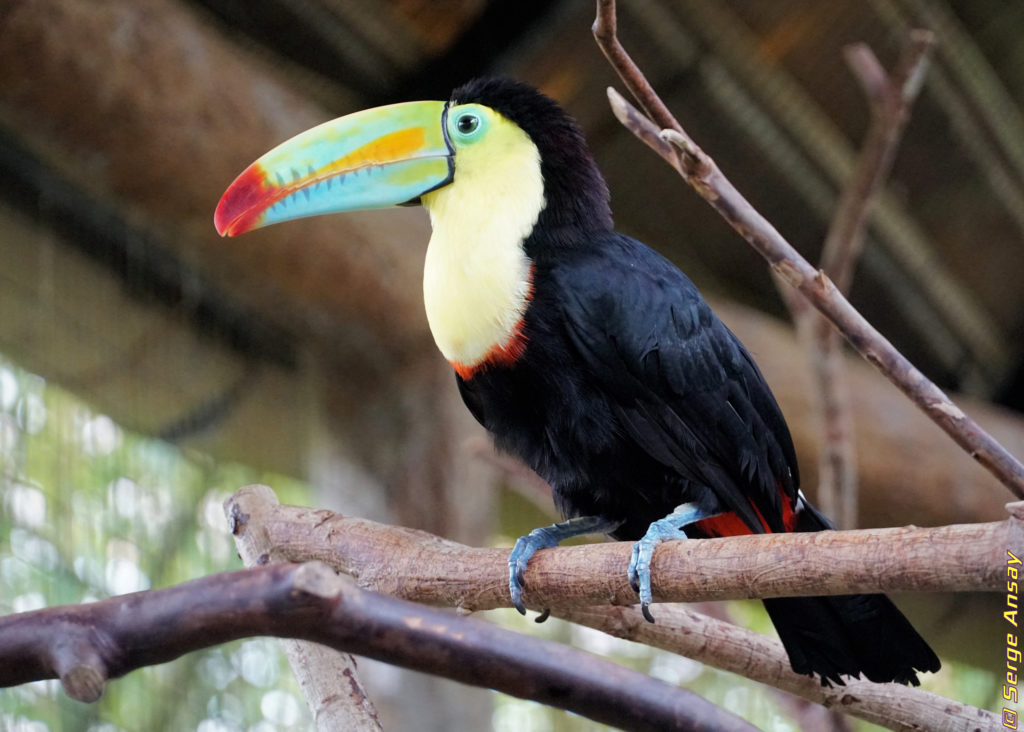Back in 2018 we traveled to Costa Rica, and my wife asked me why I don’t post some of these great pictures I took during that trip. Well, I said, that does sound like a wonderful idea. The animals I saw there are definitely more glamorous. Most of them have such vibrant colors and complex patterns compared to what we see in our area.
The pics in this gallery have all been taken at La Paz Waterfall Gardens which is a sort of wild animal park. So, of course, this is not our usual show of wild animals in their natural environment. But I thought they are still wild animals and beautiful, so why not?
Next week I will post pics taken during expeditions in the wilderness.
Our first animal is the keel-billed toucan.
It is probably on of the best known birds because of its huge colorfull bill. Interestingly enough, this bill is actually very light. The toucans have short wings, so they can only do short flights. They are omnivores. Although most of the time they eat fruit, on occasion, they will also eat insects, lizards, eggs, etc.
Next we have another toucan and it’s not easy to name it because opinions vary as to what its name is. In Wikipedia it is the yellow-throated toucan. But on other sites, it is referred to as black mandibled toucan. This site even tells you “In English the Chestnut-mandibled toucan has more names than we can keep track of it may also be called the black-billed, Swainson’s, or Yellow-fronted toucan”
Following these toucans, I decided to show you this rufous-tailed hummingbird. I wasn’t able to take better pics of this guy because he wouldn’t stay put. But the iridescence of its neck feathers was amazing, and this pic gives a bit of that effect.
The next 2 pictures show you a red-eyed treefrog (yeah I know, not a very original name :-p)
These guys are not poisonous. A lot of the things you may know about frogs apply. They are insectivores, reproduce by laying eggs in a sticky jelly which will give birth to tadpoles, who will eventually metamorphose into frogs. The real interesting thing about these frogs is the red eyes. As indicated in Wikipedia, the theory is that the frog may suddenly open its eyes to startle the predator and give time to the frog to flee.
Then we have a morpho peleides (more commonly just called blue morpho) butterfly, with unique completely different decorations on either sides of its wings. I thought it would be best to show first the wings wide open, then the butterfly closing them, and finally the side view to show what the underneath of the wing looks like.
And the last picture, I decided to show you this pic of a malachite butterfly with its reflection on a window, just because I think it’s beautiful. Enjoy!!










One comment